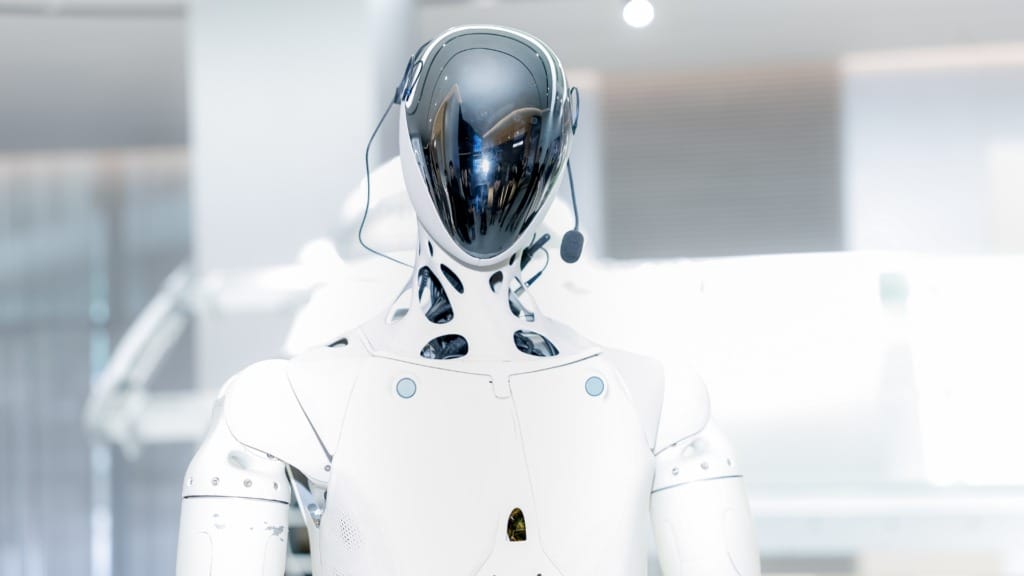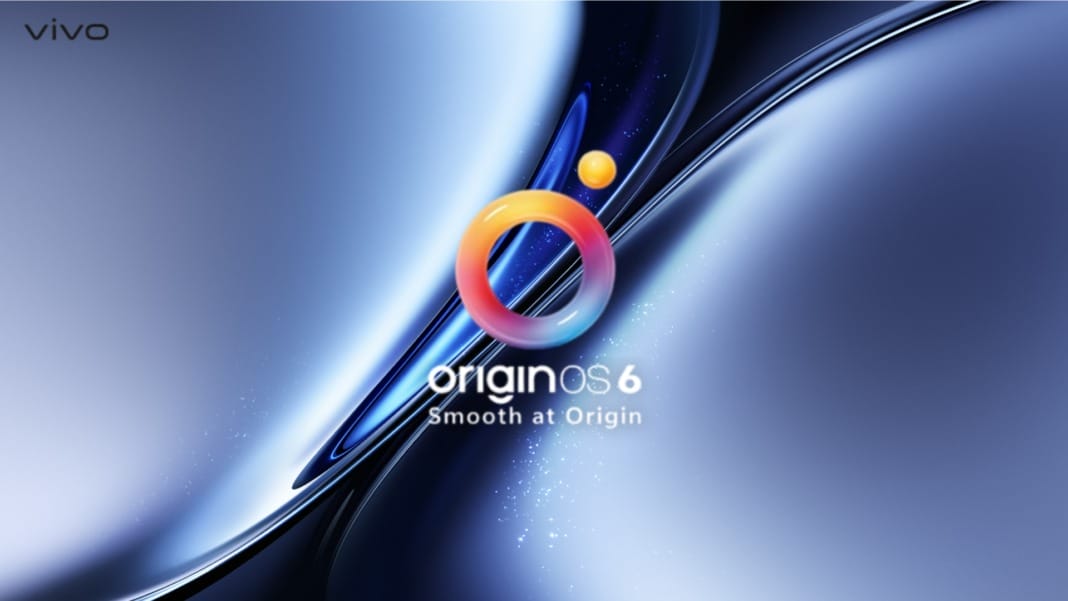XPENG has entered a new phase in its technological journey, unveiling a suite of innovations that merge artificial intelligence with physical mobility. During its 2025 AI Day event themed “Emergence”, held at XPENG Science Park in Guangzhou, the company introduced four major developments: the VLA 2.0 large model, a self-developed Robotaxi, the Next-Gen IRON humanoid robot, and two flying systems from its subsidiary, ARIDGE. These unveilings reflect XPENG’s ambition to redefine mobility through what it calls “Physical AI”.
He Xiaopeng, Chairman and CEO of XPENG, announced a strategic repositioning of the company as “a mobility explorer in the physical AI world and a global embodied intelligence company”. This shift marks XPENG as the only firm in China to achieve a full-stack, self-developed physical AI system, spanning chips, operating systems, and intelligent hardwarePress Release – XPENG AI DAY.
Advancing AI with the VLA 2.0 large model
At the heart of XPENG’s announcement was the VLA 2.0 large model, which the company described as a new operating system for the physical AI era. The model introduces a “Vision-Implicit Token-Action” structure, removing the traditional “language translation” process and enabling direct conversion from visual signals to physical actions. This innovation allows for end-to-end learning, self-evolution, and real-world understanding.
XPENG’s vast computing power underpins the VLA 2.0, supported by a 30,000-card cloud computing cluster maintaining over 90 per cent efficiency. The base model, featuring 72 billion parameters, can complete a full training cycle every five days. With nearly 100 million driving video clips used for training, the model simulates driving conditions equivalent to 65,000 years of human driving experience, vastly enhancing its ability to manage complex, long-tail scenarios.
XPENG has successfully adapted the VLA 2.0 for real-world deployment by developing a tailored compiler and software stack for its in-house Turing AI chip. This engineering milestone allows the billion-parameter model to run on-vehicle hardware with 2,250 TOPS of computing power. The company also announced that Volkswagen would become the launch strategic partner for the VLA 2.0, with Amap joining as its first global ecosystem partner for Robotaxi integration.
The rise of Robotaxi and humanoid robotics
XPENG’s Robotaxi project marks a milestone in autonomous transport. Set for trial operations in 2026, it will be China’s first fully self-developed, mass-produced Robotaxi. Powered by four Turing AI chips delivering 3,000 TOPS, it operates entirely on a vision-based system without reliance on lidar or high-definition maps. Its dual-redundant hardware architecture ensures reliability, while its “sun visor external display” enables communication between the vehicle and pedestrians, improving safety and interaction.

Alongside the Robotaxi, XPENG introduced the Next-Gen IRON humanoid robot, designed for “extreme anthropomorphism”. The robot features a human-like spine, bionic muscles, soft skin, and 82 degrees of freedom, allowing smooth, realistic movement. Its hands, equipped with 22 degrees of freedom, replicate human dexterity. The IRON runs on three Turing AI chips with 3,000 TOPS of computing power and integrates XPENG’s proprietary “VLT + VLA + VLM” model framework, enabling advanced capabilities in conversation, movement, and interaction.
The Next-Gen IRON also introduces a “Fourth Law” of robotics — “privacy data does not leave the robot” — extending Isaac Asimov’s original three laws to protect user privacy in the physical AI realm. The company plans to mass-produce the IRON by 2026, initially targeting commercial applications such as guided tours and industrial inspections. Baosteel has partnered with XPENG to test and refine the robot in manufacturing environments.
Flying cars take shape with ARIDGE
XPENG’s flying vehicle division, ARIDGE, showcased two models aimed at shaping the future of low-altitude mobility. The “Land Aircraft Carrier”, a short-haul personal flying vehicle, has already secured over 7,000 global orders and is nearing mass production. It features the world’s first “four-axis integrated” single-stick control system, making flight training accessible even for beginners.
The second model, the “A868” full tiltrotor hybrid flying car, is designed for long-distance business travel. Built on XPENG’s Kunpeng Super Extended-Range Architecture, it can fly up to 500 km at speeds of 360 km/h, accommodating six passengers. Production trials began on 3 November at XPENG’s new ARIDGE plant, the world’s first modern flying car assembly line capable of producing one aircraft every 30 minutes.
In 2026, ARIDGE will partner with the Dunhuang Municipal Government to launch China’s first low-altitude self-driving tourism route, integrating flying vehicles into cultural and tourism experiences.
He Xiaopeng concluded that XPENG’s decade-long journey continues to be driven by its vision of “technology changing the world”. With over 10,000 staff across AI, robotics, and mobility, XPENG’s new Science Park headquarters symbolises the company’s emergence as a pioneer in embodied intelligence.





